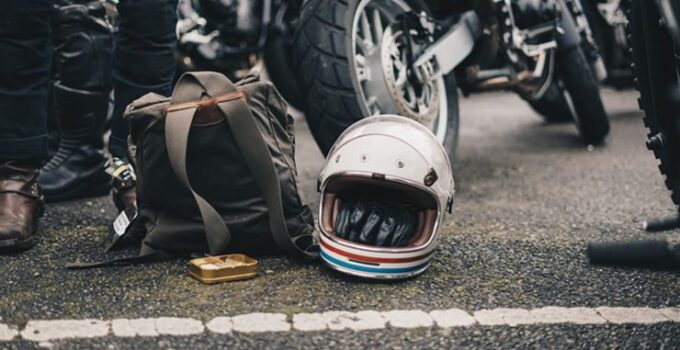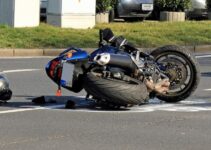There are many discussions about how much protection is necessary when riding a motorcycle. Even though the means of transportation is notoriously risky, many riders prefer to wear little to no protective equipment.
How does protective motorcycle gear affect our rides, and which level of protection is really necessary?
Too Little or Too Much Caution?
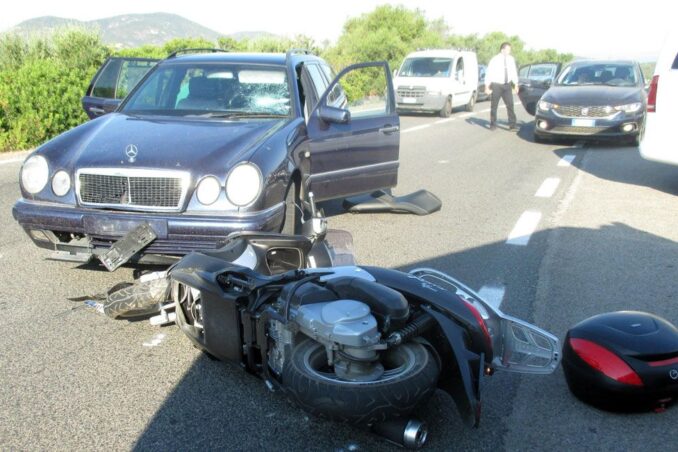
Source:bbc.com
Take this interview with George Clooney in 2018 about a near-fatal motorcycle accident he was involved in as an example. He talks about the car driver being at fault, for taking a wrong turn into his lane at an intersection. Clooney was going 65 to 70 mph (ca. 113 km/h) at the time when he hit the car head-on, being thrown 20 feet (ca. 6 m) and shattering the windshield of the car with his helmet.
The helmet itself cracked, but the actor, miraculously, suffered next to no injuries. However, this near-death experience, after a previous motorcycle accident he had in 2007 where he suffered a rib fracture, had him (and his producer accompanying him at the time) swear off motorcycles after 40 years of riding. Clooney himself makes it clear how lucky he was for surviving this accident, joking he had just spent his 9 lives. Not surprising when you consider the fate of the motorcycle helmet.
A motorcycle helmet is made to withstand high-velocity impacts. The quality and safety of a helmet is tested and certified by professional institutions. In this case, the helmet that was proven to be able to withstand high-force impacts did its job. If the helmet split in half, imagine what the impact would have done to the actor’s head.
It’s stories like these that illustrate how serious injuries in a seemingly disastrous accident can be prevented, just by wearing the right protective gear. It’s enough to suggest that “too much caution” isn’t a thing when it comes to protecting your health and life during a risky activity.
Levels of Protection
Two things are helpful when it comes to reducing risks and injury severity: the right gear and preparation.
Good Motorcycle Gear
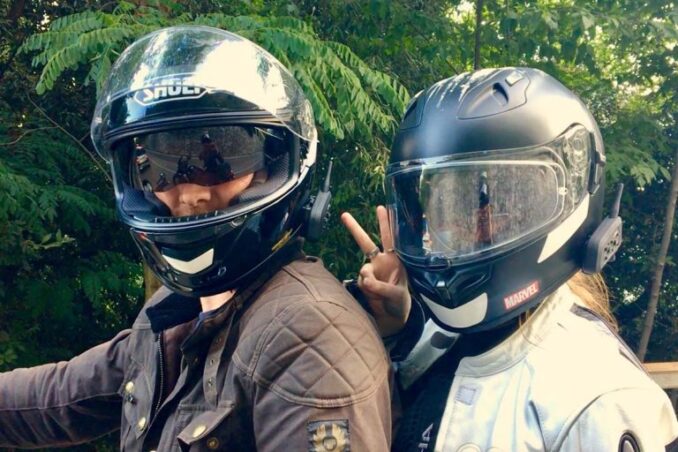
Surce:pinterest.com
High-quality protective gear, like the helmet that saved George Clooney’s life, can be found at professional vendors for motorcycle gear, on- and offline. It is always advisable to buy from a specialized shop like ChromeBurner to make sure the equipment is functional rather than decorative.
Institutions like the European Commission (EC) or the Fédération Internationale de Motorcyclisme (International Motorcycling Federation) test protective motorcycle gear. In these assessments, for example, for motorcycle helmet safety standards, they put helmets in several risky situations and apply different amounts of force upon them to see how well they withstand the impact.
Similarly, they assess other protective gear, such as armor and fabrics for motorcycle clothing. In most cases, they certify appropriate items with several levels of protection. In the case of the EC, there are some differentiations like:
| CE Tested | The garment has not necessarily been tested in a certified testing facility but tested by the manufacturer according to EC standards. It is not an officially accredited rating. |
| CE Certified | Garment samples have been tested at a certified facility; make sure to find out which. |
| CE Approved | Several/All parts of a garment were tested at a certified facility and met or surpassed the required standards in all areas. |
| Level 1 | The maximum transmitted force to reach the body is below 18 kN. |
| Level 2 | The maximum transmitted force to reach the body is below 9 kN. |
| Class AAA | Maximum protection, but heavy and uncomfortable. |
| Class AA | Second-highest level of protection; will protect the wearer from a wide range of motorcycling risks. |
| Class A | Third-highest level of protection; the gear is less durable but lighter and more comfortable for daily use. |
| Class B | Abrasion resistance is equivalent to Class A, but this gear has no impact protectors. |
| Class C | Impact protectors, but no abrasion resistance; the least protective class. |
| Zone 1 | Protects areas at high risk of damage like shoulders and knees during rides from impact, abrasion, and tearing; at least for 4 seconds on abrasion test (Level 1) or 7 seconds (Level 2). |
| Zone 2 | Protects areas at moderate risk of damage (for example upper arms) during rides from impact, abrasion, and tearing; at least for 4 seconds on abrasion test (Level 1) or 7 seconds (Level 2). |
| Zone 3 | Protects areas at low risk of damage (for example inside of the legs) during rides from impact, abrasion, and tearing; at least for 1.8 seconds on abrasion test (Level 1) or 5 seconds (Level 2). |
| Zone 4 | Protects areas at very low risk of damage from impact, abrasion, and tearing; at least for 1 second on abrasion test (Level 1) or 1.5 seconds (Level 2). |
Schooled Riding Skills
Next to protective motorcycle gear, it is recommended to learn about accident prevention. While we can’t always prevent accidents since we cannot control every outside influence, we can do our best to be well-equipped to react favorably.
Accident prevention courses focus on teaching riders a) what frequent dangers are and b) how to handle them. This makes you aware of potential hazards and the training will help you react appropriately even during an event. It is best to freshen up this kind of knowledge occasionally.
Conclusion
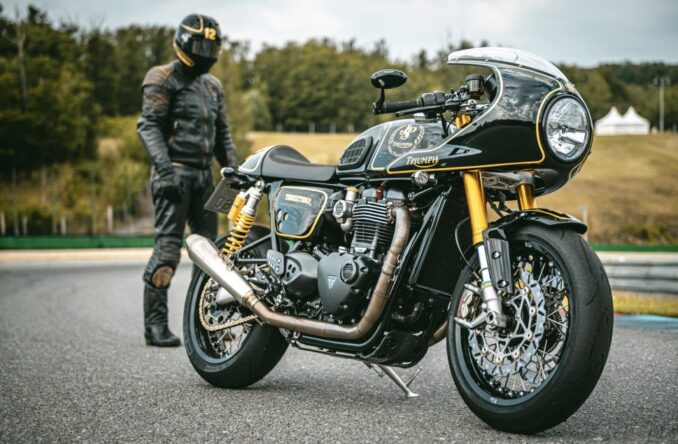
Source:youtube.com
The protection needed for safely riding a motorcycle should not be taken lightly. In many cases, wearing the appropriate gear, like a padded and armored motorcycle jacket in comparison to a regular leather jacket, will more effectively protect you from cuts, broken bones, and road rash.
Specialized gear is key. Institutions like the European Commission test protective gear, both for professionals and regular bikers. The certificates and ratings can help you pick out the appropriate level of protection necessary for riding a motorcycle. Additionally, training and getting schooled on motorcycle hazards is a great way to preemptively protect yourself from accidents.


